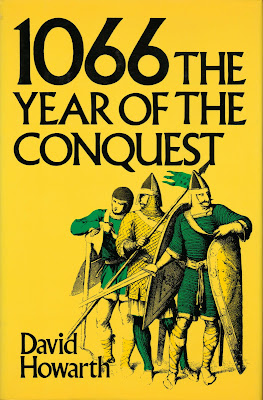Relative, reliable and, reproducible are topics which often arise during one's family tree climbing adventures. Having a surname like JONES, perhaps, brings these topics to the forefront frequently. What confidence do you have regarding that family tree you are trying to plant? From Kentucky, to Virginia, to London, to Kent, to Rochester, to St. Asaph, to Llanfair Dyffryn Clwyd, and now to this place called Llwyn-Ynn you ask? Well, here are some sources to Llwyn-Ynn (Onn).
From Clwyd Powys Archaeological Trust, Curatorial Section, dated 5/5/2006: PRN 17810 - Llwyn-ynn Hall, Listed Building 781 (11), NRG : SJ1323053390 (SJ15SW), Unitary authority :- Denbighshire, Community : - Llanfair Dyffryn Clwyd.
"In former parkland 2 km south of Llanfair Dyffryn Clwyd, reached from the A525 via Llwyn-ynn lodge. History The main house was of Jacobean character. The surviving wing is probably of the late C17 and may possibly date from improvements of 1672, a date said to have been displayed on the house."
" Llwyn-ynn hall was mostly destroyed prior to 1985, all that remains being an east wing which is clearly identified in the Royal Commission Inventory as a service wing to the main house. The site of the main house is now void."
"Exterior The surviving part consists of an L shaped C17 timber framed building and a stone link block of uncertain date. The timber-framed part stands on a high stone plinth, has a gable to the south and another to the east, slate roof with dormer and a tall stone chimney. The timber framing is square and three panels high with top corner braces. The corner posts of the south facing gable are generously jowled. Above tie beam is diagonally panelled. Modern windows. The timber frame to the left flank of the main south-facing gable is in advanced decay. Single storey annex in south east angle."
"The following is from Cadw's Listed Buildings database"
"Early C17 and later. Irregular plan and elevation. Stone and timber-framed, with slated roof and central stone stack. 2 storeys, and 2 storeys and attic. Casements and stone mullioned windows transoms and leaded lights. Large turret on west."
There you have it. All you wanted to know but, too afraid to ask, as some would say in my old Ky home. Next post will give info on the other place some 20 miles east along the high road [see last post]. Will keep those sources coming.
.jpg)

.jpg)








.jpg)
